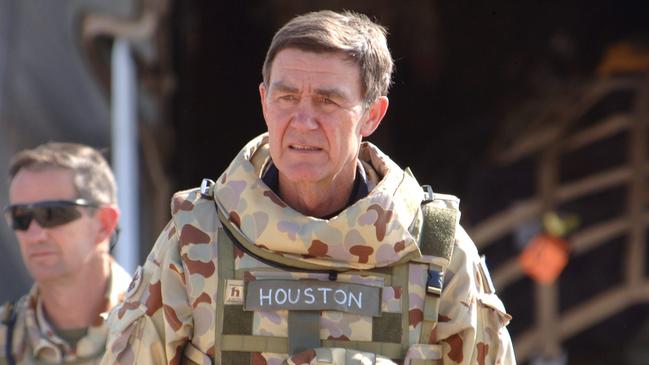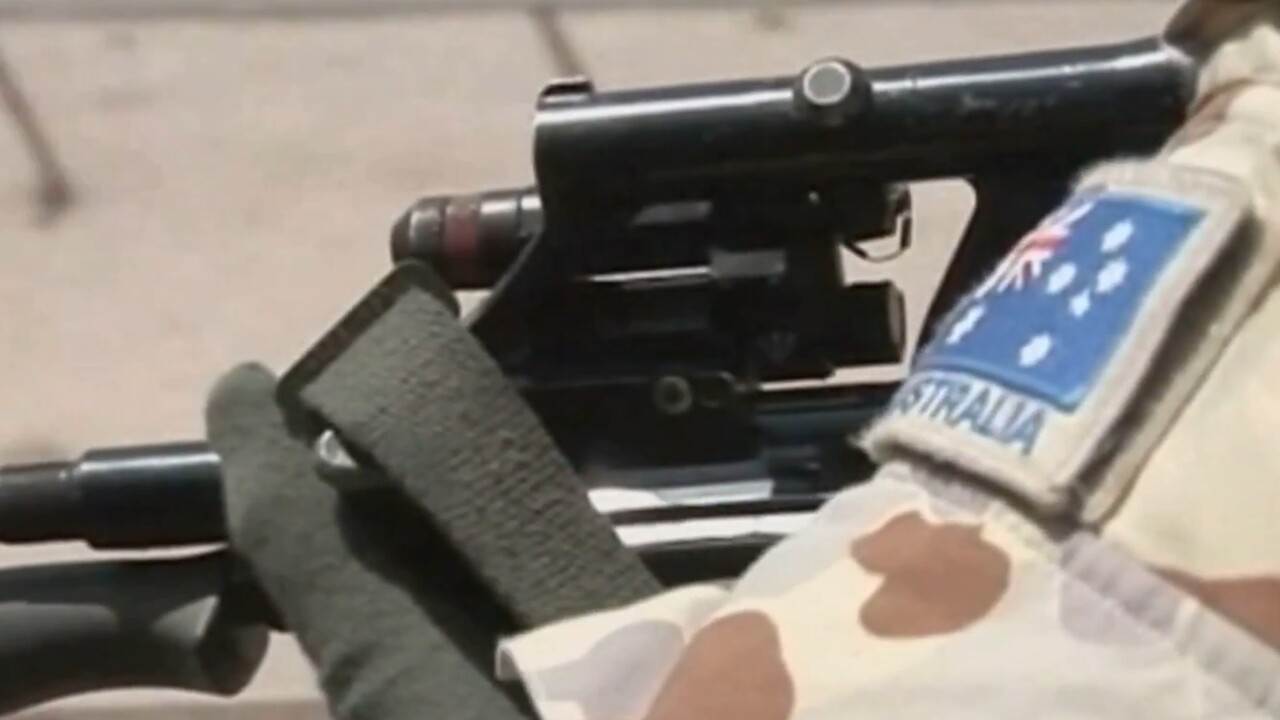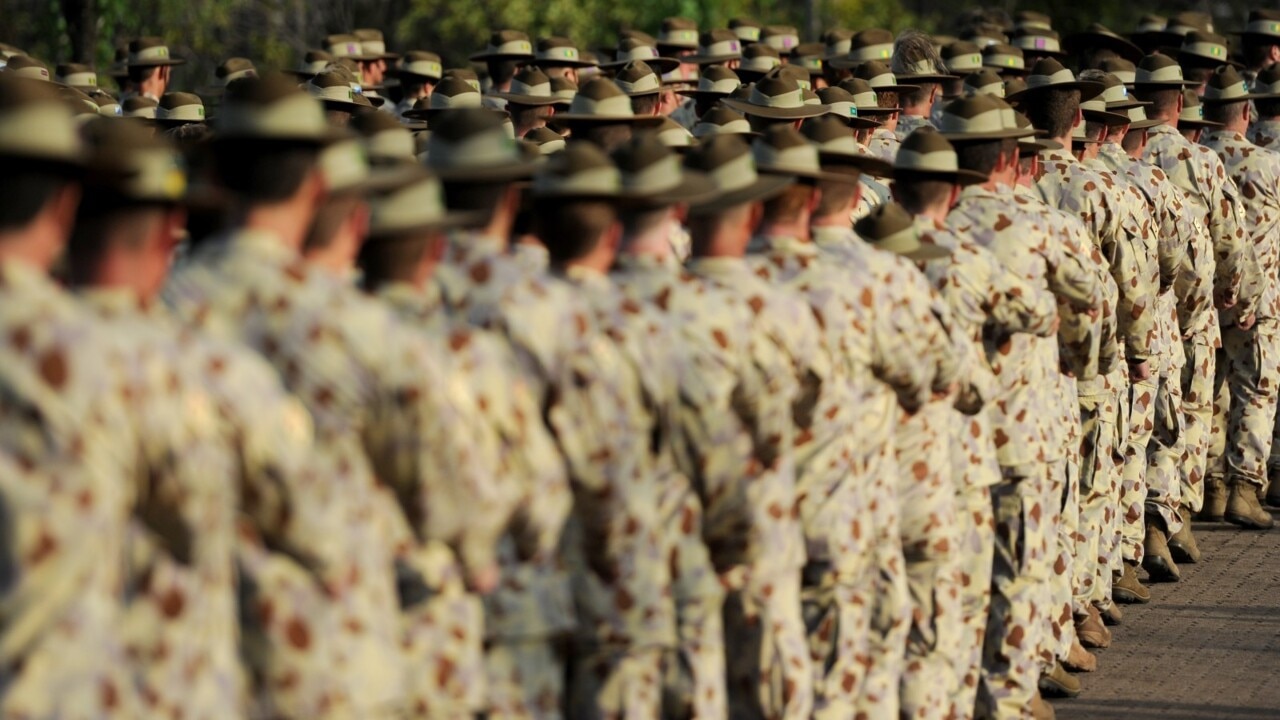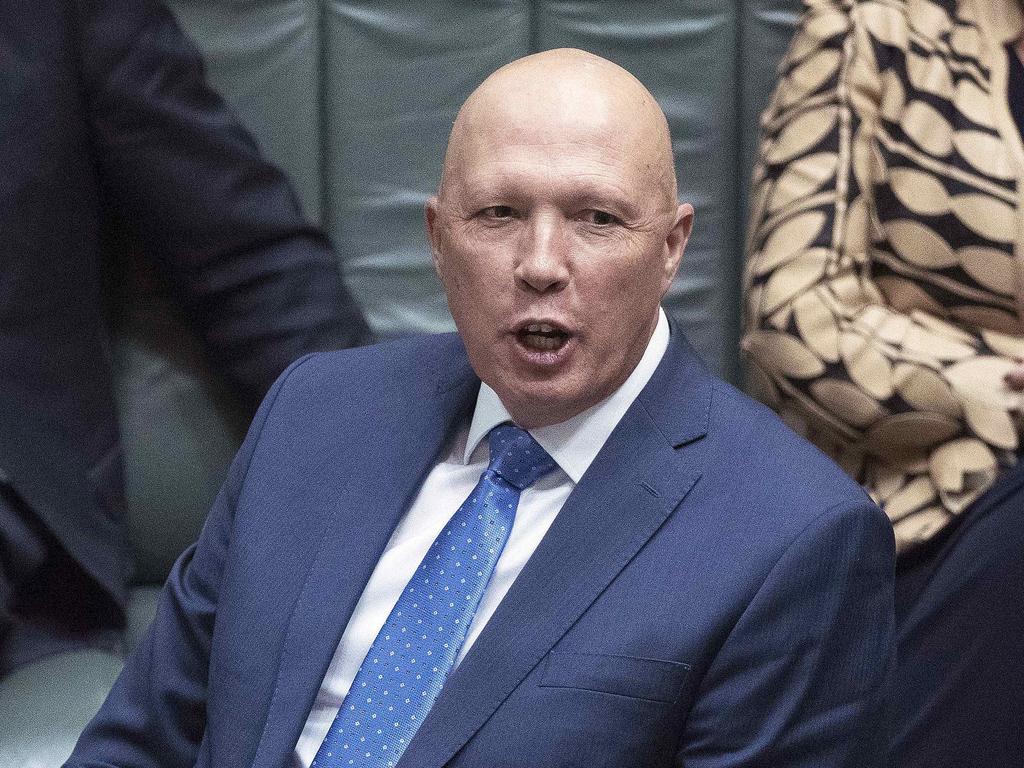Revealed: Defence force overhaul for decade of challenges
Australia’s Defence Force will be reshaped under an ambitious review, to be announced today by Anthony Albanese, that will examine whether it’s equipped for the challenges ahead.

Australia’s Defence Force will be reshaped under an ambitious review to be announced on Wednesday by Anthony Albanese and the Defence Minister.
The review, to be conducted by a former Australian Defence Force chief, Angus Houston, and a former Labor defence minister, Stephen Smith, will be the most comprehensive reassessment of the ADF in 35 years, taking into account the risk of “state-on-state conflict”. It will assess and make recommendations on the ADF’s “structure, posture and preparedness” for 10 years, starting in 2023.
Force structure means main defence assets, such as submarines, frigates and fighter jets. Force posture refers to where these assets are stationed.
The reassessment could provide the Albanese government with the impetus to scrap, or at least scale back, defence investments that have limited relevance to Australia’s growing maritime security challenges brought about by China’s massive military expansion and newly aggressive posture.
The review’s terms of reference do not mention China by name but nominate “the risk of state-on-state conflict” as a key factor complicating Australia’s strategic circumstances. Sir Angus and Professor Smith will consider all elements of Defence’s Integrated Investment Program and will be expected to “provide recommendations for the program’s reprioritisation”.
The Prime Minister said: “This work will help ensure that the Australian Defence Force is well positioned to meet the nation’s security challenges over the next decade and beyond.
“Professor Smith and Sir Angus bring a unique blend of knowledge and experience to their roles as independent leads.” Defence Minister Richard Marles believes the rapidly changing strategic circumstances facing Australia require the new review.

“In 2020, the Defence Strategic Update identified that changes in Australia’s strategic environment are accelerating more rapidly than predicted in the 2012 Force Posture Review,” he said.
“This necessitates an immediate analysis of where and how Defence assets and personnel are best positioned to protect Australia and its national interests.
“It also requires an assessment of Defence’s force structure and Integrated Investment Program.”
The review is scheduled to be available for consideration by the National Security Committee of cabinet by next March.
This will coincide with the report of the taskforce examining which nuclear-powered submarine Australia will acquire under the AUKUS arrangement and when that will become available.
Mr Marles earlier foreshadowed in an interview with The Australian that the two separate processes – the AUKUS submarine study and the strategic review – would be able to have a dialogue on key issues. Thus the strategic review may well express an opinion over whether Australia needs to build an interim conventional submarine before the AUKUS nuclear-powered submarines are delivered.
A joint Australia-US-UK paper prepared for a UN conference on non-proliferation of nuclear weapons reassured the UN that Australia would not get nuclear submarine propulsion technology, including highly enriched uranium that fuels US and UK nuclear submarines “for many years”.
The strategic review will be informed by intelligence assessments of the most dangerous threats Australia faces.

Part of its task, outlined in its terms of reference, is to “outline the future strategic challenge facing Australia which may require an ADF operational response”.
This could be a delicate job for the review as the most obvious and overwhelming danger is the new military posture and intentions of China, but presumably a government document will be somewhat coy about discussing that too explicitly.
The review is also required to outline funding needs for the ADF over the next 10 years. This will also be a matter of the greatest political sensitivity.
Before the election, in a speech to the Lowy Institute, Mr Albanese said he recognised the need for future Defence budgets “beyond 2 per cent” of GDP. Since the election, he and Mr Marles have committed to the straight “2 per cent of GDP” figure.
However, currency movements and inflation both mean that restricting the defence budget to just 2 per cent of GDP would not now buy the capabilities that already exist in the Integrated Investment Plan.
This would mean cutting rather than reprioritising capabilities.
Sir Angus and Professor Smith may well conclude that the very minimum of new capabilities, such as more missiles and a new emphasis on drone warfare, requires more funding. This would be challenging in the current straitened fiscal environment.
Many strategic analysts have argued that Australia needs much greater missile, drone, sea mine and de-mining capabilities, as well as more secure military and logistics supply lines, and a substantially larger air force, to have any chance of sustaining any military response in contested circumstances. Any move in that direction would inevitably require much greater defence expenditure. However, it is also thought the review will examine closely how to make the ADF’s existing defence platforms much more lethal. Mr Marles has previously stated he wants the review to be the most significant rethink since Paul Dibb’s report in 1986.






To join the conversation, please log in. Don't have an account? Register
Join the conversation, you are commenting as Logout